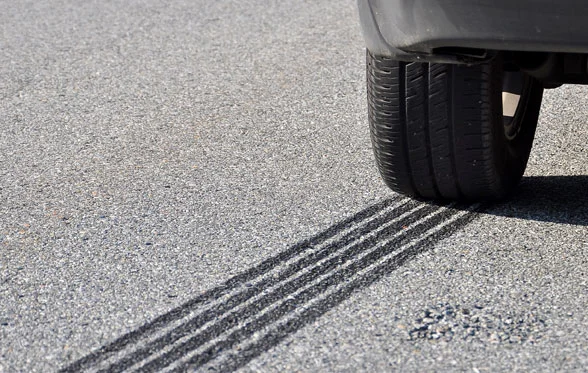The Secretary of Transportation had been mandated by the US Congress to initiate rulemaking proceedings, for the purpose of establishing a regulation that would mitigate deaths and injuries associated with side impact and rollover crashes for vehicles with a GVWR of not more than 10,000 pounds.
On December 2nd, 2009, NHTSA published in the Federal Register a Notice of Proposed Rulemaking [Docket No. NHTSA-2009-0183] to add a new Federal Motor Vehicle Safety Standard (FMVSS) 226 "Ejection Mitigation" in Part 571 and also new "Phase-in Reporting Requirements" in Part 585. This proposed new standard was developed to reduce both partial and complete ejection of vehicle occupants through side windows in crashes, particularly rollover crashes.
This standard would apply to the side windows next to the first three rows of seats in vehicles with a GVWR of 10,000 lbs or less. NHTSA states that addressing vehicle rollovers is one of their highest priorities.
To assess compliance, NHTSA is proposing a component test, as opposed to a vehicle test to reduce burden on manufacturers and reduce test data variability. NHTSA has developed a Dynamic Rollover Fixture (DRF) that NHTSA says correlates well with vehicle rollover tests. Advance testing and research with this DRF has led to the current proposed component testing method. This component test would use an impactor which would be propelled from inside a test vehicle toward the windows. The ejection mitigation system would be required to prevent the impactor from moving more than a specified distance beyond the plane of the window. To ensure that the ejection mitigation system covers the entire opening of each window for the duration of a rollover, each side window would be impacted at up to four locations around its perimeter at two time intervals following deployment.
NHTSA anticipates that manufacturers would meet this standard by modifying existing side impact air bag curtains, and possibly supplementing them with advanced laminated glazing. NHTSA states that existing side curtains:
- Will have to be made larger so that they will cover more of the window opening,
- Made more robust to remain inflated longer,
- Made to deploy in both side impacts and in vehicle rollovers, and
- That if side curtains are used, they will need to be tethered to keep the impactor within the vehicle.
NHTSA is proposing a "Phase-in Certification Schedule" for FMVSS 226 as follows:
- Not less than 20% of vehicles manufactured between September 1, 2014 and September 1, 2015
- Not less than 40% of vehicles manufactured between September 1, 2015 and September 1, 2016
- Not less than 70% of vehicles manufactured between September 1, 2016 and September 1, 2017
As part of this NPRM, NHTSA has requested comments on several of the aspects of this standard, including test methods and performance criteria. These comments are due back to NHTSA by February 1, 2010.
